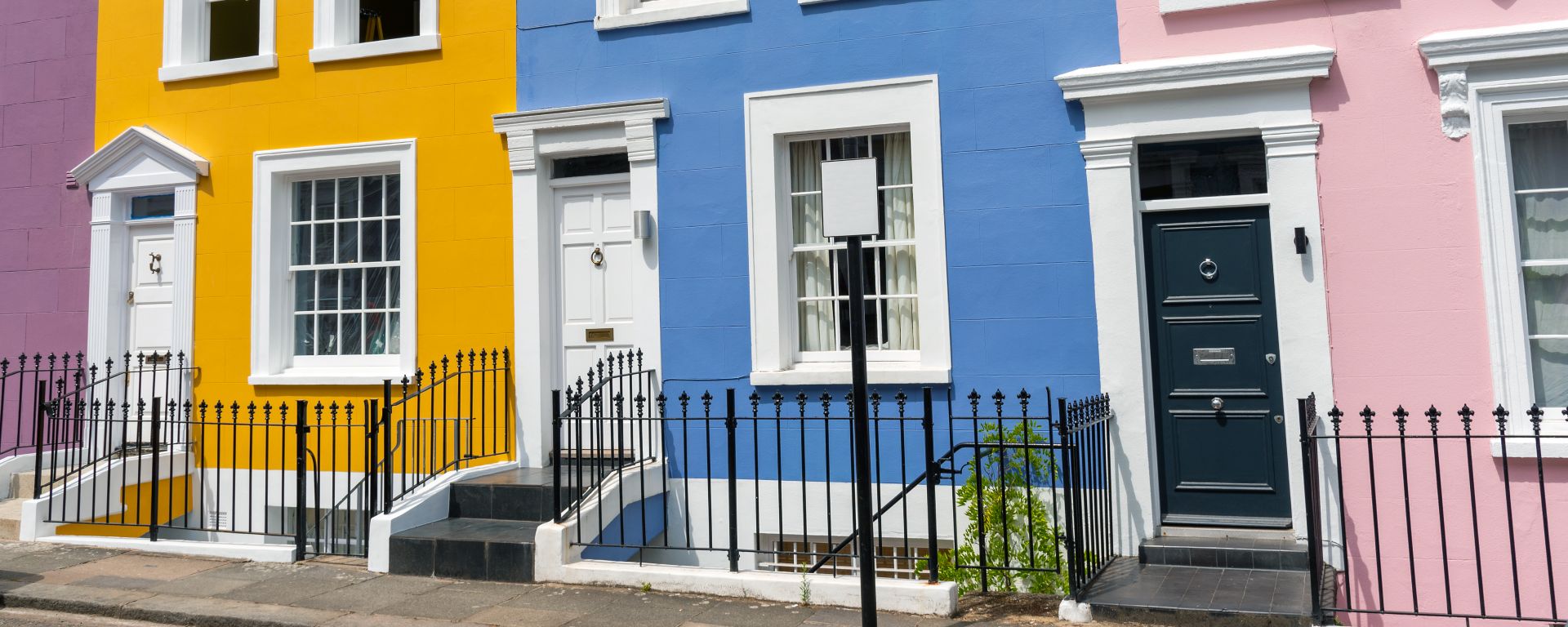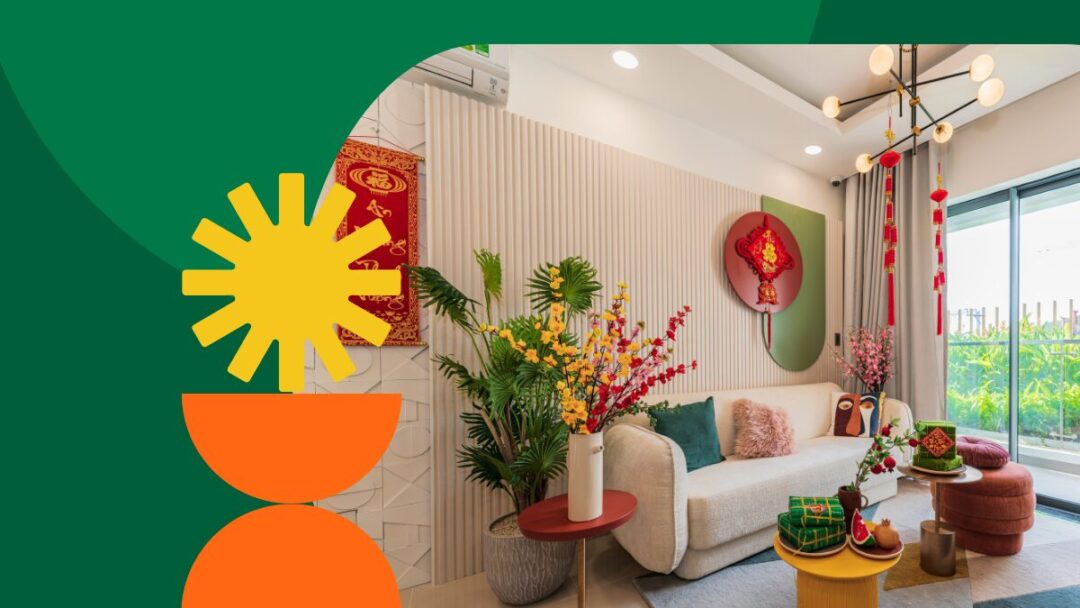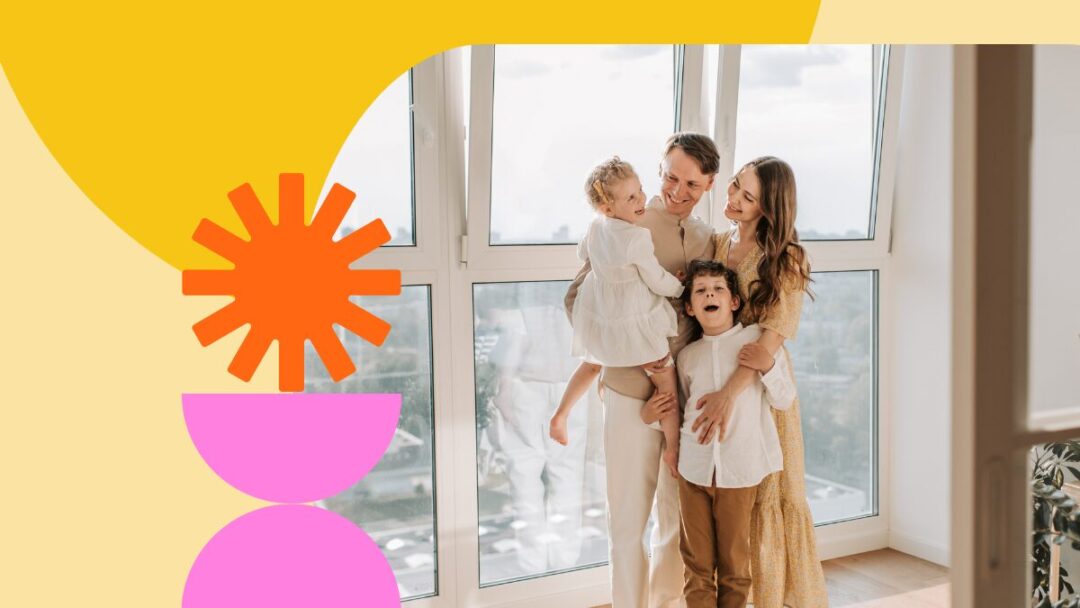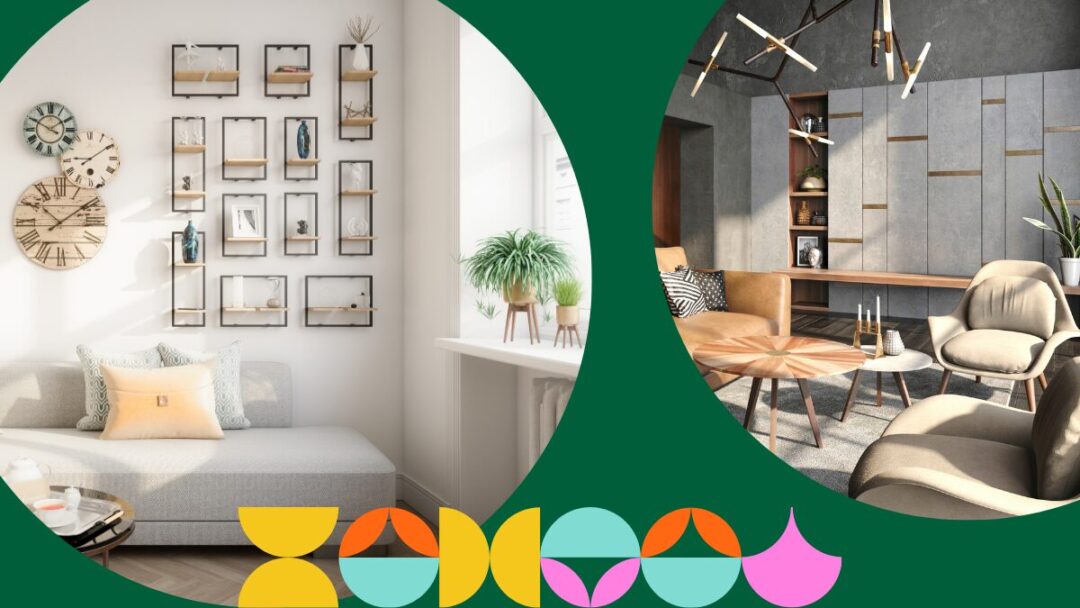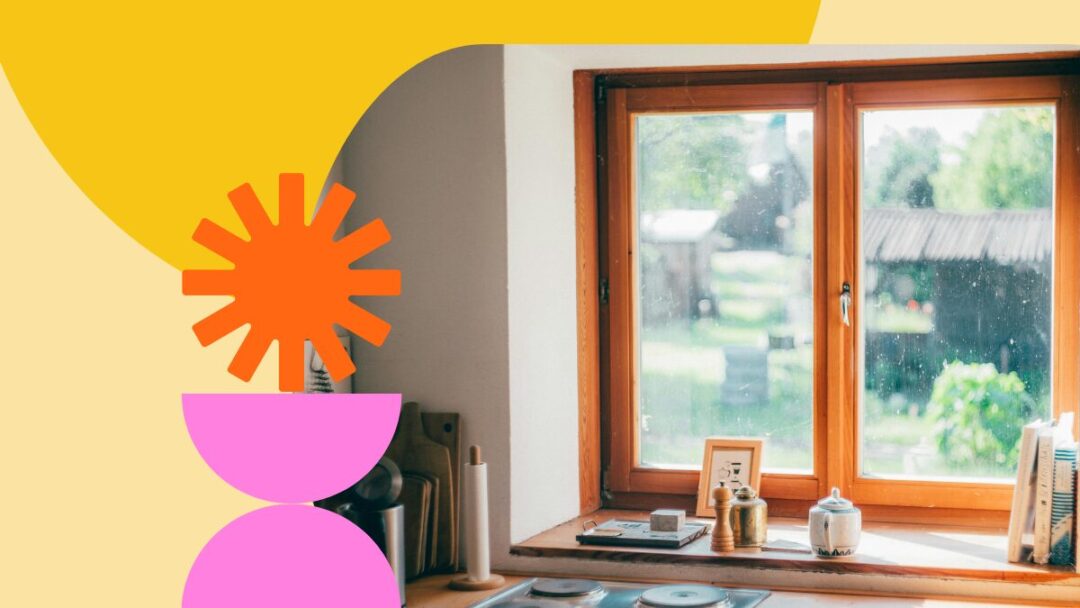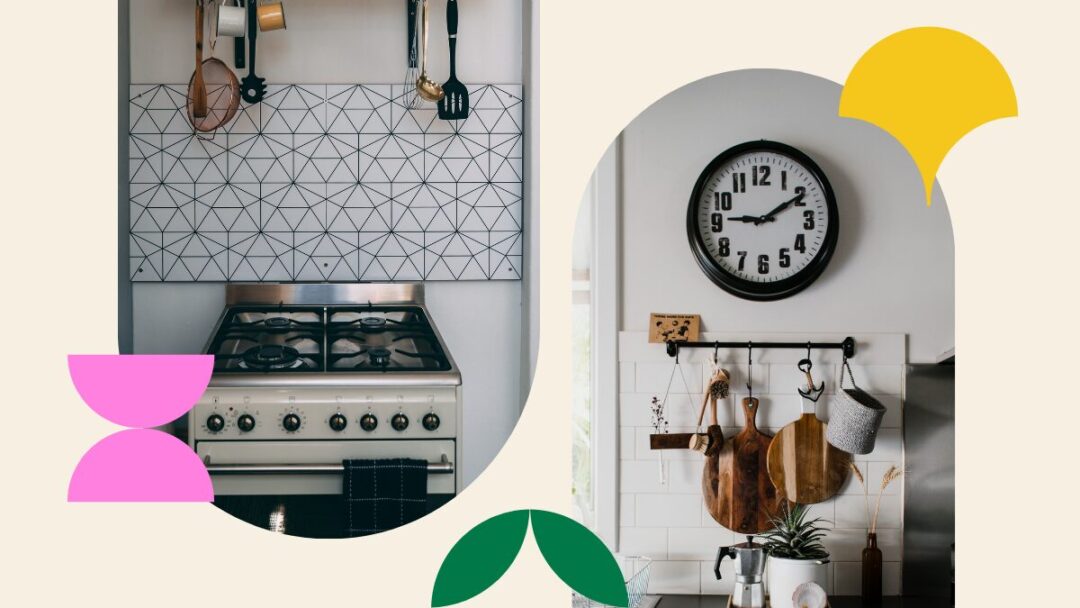Choosing exterior paint colours for your home can feel daunting. It’s one of the first things that people see when coming into your home, and an easy way to make a good first impression and reflect your style. It is one of the most expensive paint jobs you will have as a homeowner, so you will want to be sure about the colour.
It’s important to get it right the first time to avoid costly do-overs, which is why we have developed this detailed guide on selecting the right exterior colours for your home, including your siding, roof, and front door. Whether you are a new homeowner, remodelling your home, planning to sell, or you just want a slight lifestyle change, keep reading to learn how to choose the colour scheme best for your home.
For additional home guides, check out our blog for more how-to’s, home projects, and cleaning tips.

Exterior Colours
When deciding on exterior paint, you have to choose more than one colour. You’ll need a scheme or colour palette with a list of exterior house colours, including the wall or field colour, accent colour, and trim colour. These three must complement each other in addition to the roof, stone or brickwork, and landscaping.
Bright White Or Cream
Nowadays, bright white and even dark black are becoming popular colours for the exterior of a home. You can achieve a refined look with white shades that suit siding and most architectural styles. This is also where your home’s other fixed materials will have to be considered.
Charcoal
Grey shades are incredibly popular for the inside and exterior of homes. For a contemporary or modern look, choose a colour a few shades darker than you would inside your home. Greys are always trending, but darker steel or charcoal grey is also becoming more common amongst homeowners.
Taupe
If hard finishes and landscaping are neutral, and if you’re having some difficulty deciding on warm or cold shades, then taupe is a smart choice.
Taupe straddles the line between warm and cold colours, and works well on most styles of houses, from traditional and classic to modern and contemporary.
Dark Blue
Blue exteriors are on the rise. It’s a sophisticated and elegant colour which has become the new classic. Colour psychology might come into play here – blue can promote a sense of calm and serenity, feelings that anyone would want around and in their home.
Billiard Green
A connection from your home to the garden in a rich shade, billiard green is a great option for vinyl siding. Dark greens with brown undertones are earthy, understated, and will match your outdoor area.
Trim And Accent Colours
After choosing a few siding colours, it’s time to decide on your trim and accent colour options for every selection. Don’t neglect the trim when painting your home’s exterior, especially if you’re looking to add value to sell your home. It’s important to take care of the trim as small scratches and things that weren’t noticeable before, will be now.
Accents can be a few shades lighter than the siding colour or even a complementary colour. Trim colour is usually simple; use your window colour and designs to guide you. For example, if you have black window frames, you can choose a dark or even light theme for the trim. If you have white windows, select light trim colours to help the window frames recede.
Front Door Colours
Your front door is the perfect opportunity to show off some of your home’s personality. You can have fun with this accent colour as it’s easy to repaint if you decide on something else.
You may want to consider how the front door paint colour ties into your home’s interior.
Inky Black
Black is always in style. It is a timeless and refined look that creates a distinctive sense of arrival and is a complementary colour to many colour schemes. It can also add to a home’s resale value.
Light Mint
This light shade of green breathes fresh air into your front door and softens brighter colours. It’s a unique pop of colour that’s inviting and welcoming.
Dramatic Red
This bold colour is a show-stopper and can complement a more neutral colour scheme. Dramatic red works with several architectural styles, like cottages, traditional, colonial, and farmhouses.
Blue
Blue is a cool and complementary colour, it’s easy to see why it’s having a moment in exterior colours. From navy and cobalt blue to dark teal, the options are endless in this appealing colour.
Pale Yellow
A cheery colour can be a ray of sunshine for your front door. This mood-uplifting shade isn’t a favourite for everyone, but when used to paint the entire exterior, it can negatively affect the home’s resale price.
Soft Grey
Grey hues are an all-season pleaser, often showing up on the front doors of modern and contemporary homes. It’s a subtle accent if you want to play it safe, or want an assured colour to increase the value if you’re planning to sell your home.
Roof Colours
If you’re not planning on replacing your roof, then its existing colour should influence your outside colour choice. This is supposed to be a complementary selection. Instead of highlighting single roof shingles, it may be easier to organise the selection of warm or cool colour families. A black or grey roof works with cool colours. Reds, terra cotta and brown coloured roofs do better with a warm colour palette.
Best Exterior Paint And Finishes
With exterior colour projects, the type and quality of paint directly impact the quality of the finished paint job. Chemical makeup and sheen are considerations that should be kept in mind if you’re planning an exterior paint project.
Paint usually contains four primary ingredients:
- Pigments: These give the paint its colour.
- Solvents: These are liquids that maintain the integrity of binders and pigments. They also evaporate after the paint application.
- Additives: These chemicals vary with the different types of paint and help increase the drying performance, UV light protection, and moisture and mildew resistance.
- Binders: These hold paint pigments together that dry to a film on the surface. They have responsibility for all aspects of a paint’s performance, including durability, fading resistance, and weather protection.
The Right Exterior Paint For Your Home
It’s best you choose a few different types of paint for your home that are suitable for the construction and materials of your home. Read below to decide which type of paint works for you:
- Solvent-based, oil or alkyd: These paints are best for outdoor projects because they leave a glossy sheen and hold up great resistance to extreme humidity, dirt and grime. They are best used for porch floors, doors and railings.
- Water-based, latex or acrylic: These paints can withstand outdoor temperatures due to their elasticity. This sort of paint is best for the trim, front door, bricks and exterior siding.
- Flat finish: Flat paint achieves a smooth, non-reflective look, and often hides surface imperfections. This paint works best for outdoor surfaces that aren’t regularly touched like the outside walls.
- Satin finish: This type of paint is smooth and velvety. Satin’s slightly reflective sheen gives the look of flat paint but is easier to clean and maintain. This can work for most outdoor surfaces including the siding, eaves and soffit.
- Semi-gloss: Is easy to clean and resistant to weather and grime. Semi-gloss works well for high touch areas of the home. This type of paint can be used for the trim, gutters, downspouts and garage doors.
- Gloss finish: This adds a richness to colour and offers great protection to traffic areas. Gloss finish paint is perfect for your trim, shutters and railings.
How To Choose Exterior Colours
When choosing a colour for the exterior of your home, there’s a lot of information to consider. For those who need extra guidance or consultation, a colour expert or experienced paint contractor can help you during the selection process. Here is a guide on how to select the best type of paint and colour scheme for your home.
1. Take Inventory
It’s important to pre-plan before so that you can start on the right colour path. Get a good look at your home’s exterior, and pay close attention to architectural style and elements including the roof, stonework, bricks and landscaping.
2. Let Light Guide You
Sunlight can make a home’s exterior paint colour look different from what you see on a swatch. The time of the day can also affect the appearance of your home’s exterior colour. Take notice of the sides and the walls of your home outside that get the most sunlight, indirect light and shade. You may want to test the paint colour in these areas.
The area you live in should help guide the colour choices you make. In areas that get lots of sunlight throughout the day, you may want to look for light, bright or even washed-out colours. Prolonged UV light will cause pigments in paint to fade faster, so you may need to repaint more often than you would like.
3. Choose Your Colour Wall First
Once you’ve done some pre-planning, you can begin to pick out possible colours you would like for your exterior. It’s recommended to begin using your home’s main architectural features. Start with the siding or field colour as it will be the most noticeable, then the trim and accent colour paint. However, you will first need to do some maintenance and clean the exterior walls free from dirt and leaves with a pressure washer, before you attempt to paint. This will help the paint adhere nicely to your home and avoid it having to be redone within a short time.
If you have a mostly brick home, the colour of the bricks should set the tone for other painted areas. Or, if the windows or metal panels are a specific colour, then you will want to make sure you choose complementary exterior colours.
Architecture or era can provide some inspiration. For example, soft pastels would work well with a classic Victorian-style home, and rich earthy tones complement a crafty exterior. Take a look at the colour palette associated with the structure for inspiration and creativity.
4. Be A Courteous Neighbour
It’s not only fences that make good neighbours. Your home must be a reflection of your style. Your exterior paint colour should complement the other homes on the street. It is acceptable to want your home to stand out, but it’s not good manners to paint your home in a way that is distracting and detracts from the general look and feel of your neighbourhood.
Neighbourhood cohesion is how curb appeal is created. Curb appeal will also help maintain yours and your neighbour’s home’s resale value. If you want to paint your home, it will cost a fair amount of money, so you will want to double or triple that when selling.
If you live in a community with a homeowner’s association (HOA), they may have specific guidelines and requirements about the exterior colour of the home. Some HOAs require that you submit your proposed project to be reviewed and approved before you can begin.
Your neighbours can also be a source of inspiration too. The best exterior colour ideas can often come from your community. Simply take a walk or drive around and see what colour schemes stand out to you. Take a few pictures and compare colours to your home’s features.
5. Visualise
Technology is a useful tool to help pick your home’s colour scheme. Make use of paint visualisation apps and websites that let you play around with colour to see how it will look on your home’s exterior. Most visualisation apps allow you to upload a photo of your home – simply upload and experiment.
Visualisation tools are a helpful way to narrow down your list of colour choices, especially if it’s your first time painting your home. Many of these apps are free and user-friendly.
6. Test It Out
Nothing compares to looking at colour in real life, even if there are realistic apps and tools. It’s important to test out multiple colours on your exterior in various light conditions – for instance, during the morning, midday, and afternoon light.
One of the best ways to test colour outdoors is to buy a pint of each shade you like with a large piece of white fibreboard. Paint 2 by 2 swatches of every colour and prop them up against your home in the sunlight. You’ll want to move it to different areas that get the most sunlight.
Also, you should be careful about testing directly on your home’s siding. Unless you plan to prime the area, your home’s existing colour will affect the look of the next coat of paint.
Painting your home’s exterior is a nice way for you to highlight some of your home’s constructive features and style. Although this is entirely possible to do yourself, painting your home siding can be lengthy and quite time-consuming, and mistakes will be more noticeable to yourself and others. You may prefer to have a home improvement or paint specialist help you with the process, or do it for you, leaving you with the simple job of buying the paint. For extra curb appeal and a pleasant, tidy outdoor area to go along with the freshly painted exterior, you may want to book a driveway cleaning service or professional gutter cleaning service by SweepSouth. Why not also have your outdoor space or garden cleaned and transformed with SweepSouth Outdoor.

